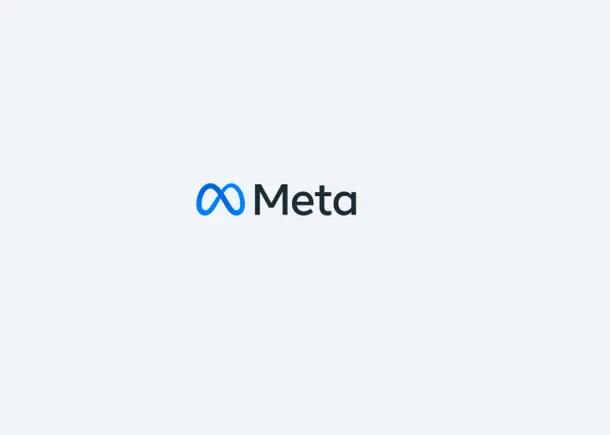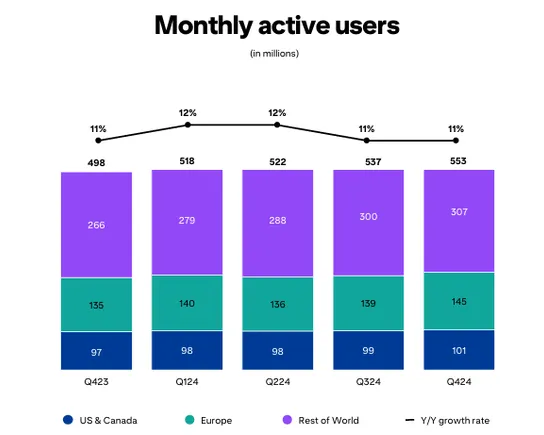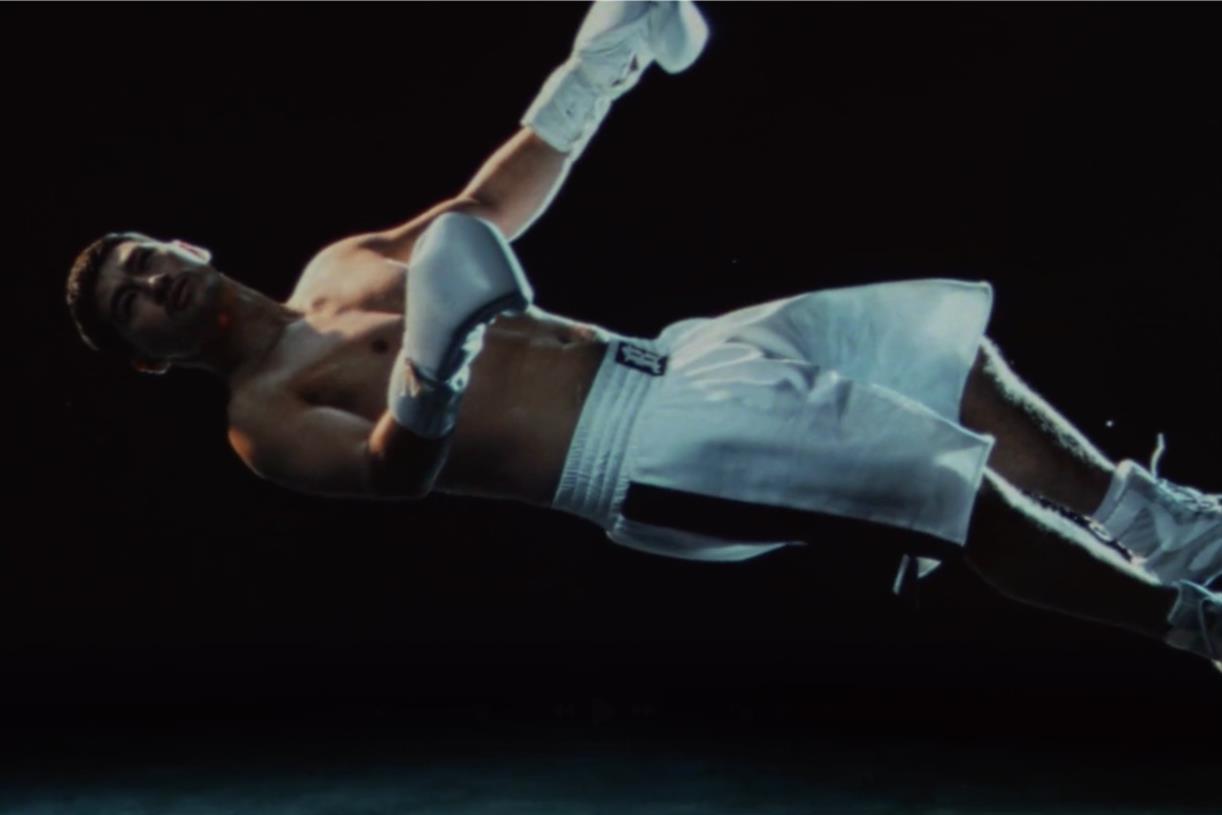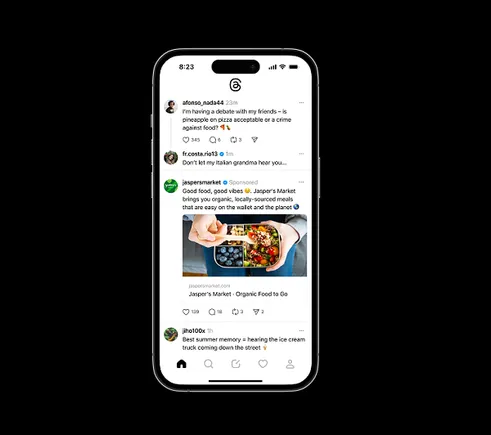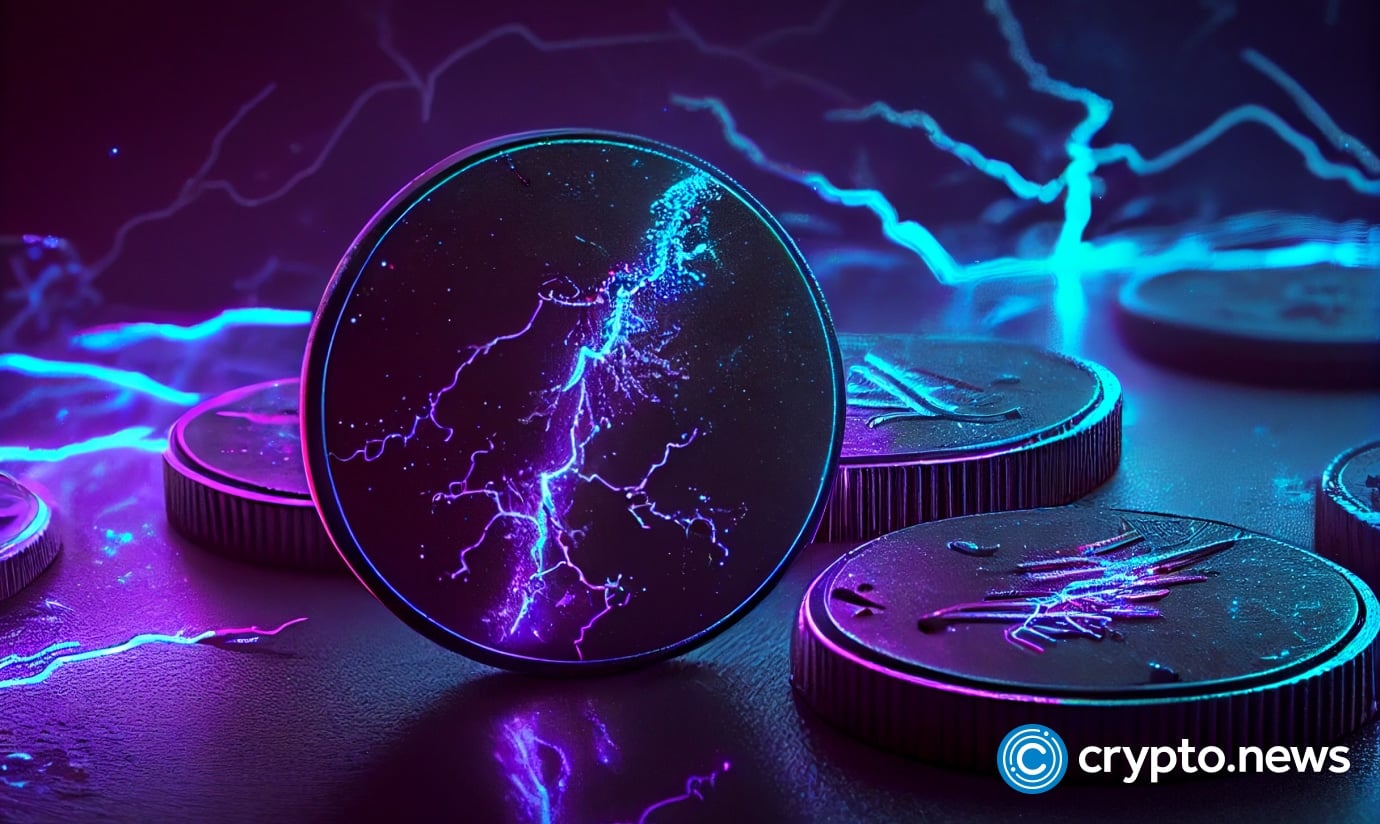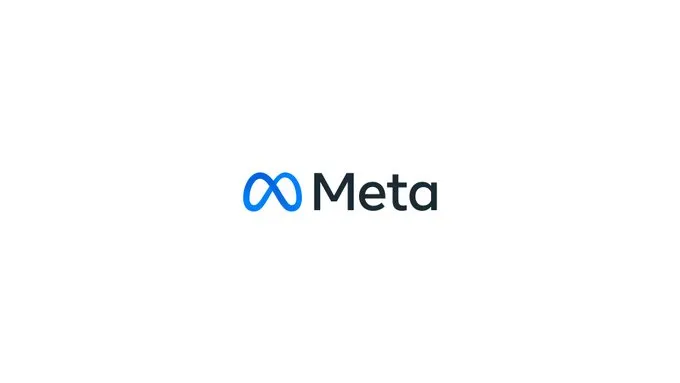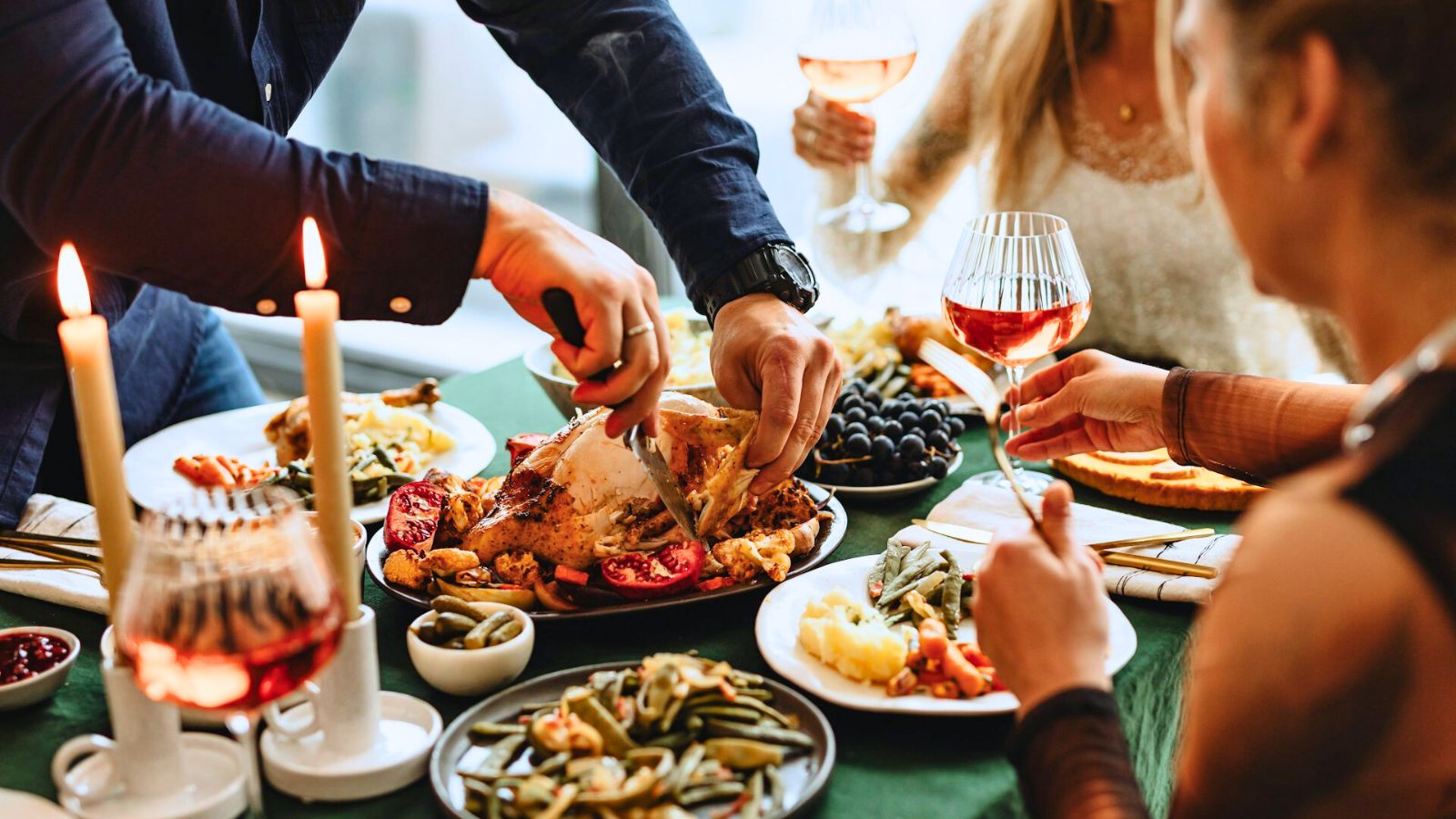Midjourney to Money: Turning AI Images into High-ROAS Meta Ads
If you can generate world-class visuals in minutes and test them by the dozen, you win more auctions and lower costs… fast. This guide shows how to turn Midjourney images into Midjourney Meta ads that scale profitably. You’ll get...

Who This Is For
Ecommerce teams that need a steady stream of thumb-stopping creatives. Lead gen marketers chasing cheaper CPLs without cheap-looking visuals. Agencies standardizing an AI → ad pipeline for speed, scale, and consistency.What Are Midjourney Meta Ads?
“Midjourney Meta ads” are Facebook and Instagram ads whose primary image was generated in Midjourney, then lightly edited and exported to Meta-friendly ratios. The power is creative volume: more concepts, faster iteration, and fresher fatigue curves, without expensive photo shoots.
Fast Workflow: AI → Edit → Export → Upload → Test
Write a one-paragraph brief.Include product, promise, proof (review, stat, guarantee), people (who’s in the scene), palette (brand colors), and placement (Feed vs. Reels). Prompt in Midjourney.
Generate 6–12 options per concept. Keep scenes realistic and free of text/logos. Polish quickly.
Fix hands/eyes, color-grade to brand, add subtle grain, light vignette, and natural shadow under the product. Export by placement.
Feed: 1:1 (1080×1080) or 4:5 (e.g., 1080×1350 or 1440×1800). Stories/Reels: 9:16 (1080×1920). Respect UI safe zones. Upload & distribute.
Use Advantage+ placements to find cost-efficient inventory; preview every placement. Test in layers.
Start with concept tests (big idea), then style tests (lighting, background), then micro tests (badges, crops).
Prompt Frameworks for Midjourney Meta Ads (copy, swap brackets)
Tip: Keep prompts scene-based and photoreal; remove brand text/logos from the render.
Product Hero (Studio Realism)“[Product] on a [surface] with soft natural daylight from [direction], shallow depth of field, crisp textures, subtle reflection, premium modern look, minimal background with [brand color accents].” Benefit in Context (Lifestyle)
“[Target customer] using [product] in a [setting], medium-wide, authentic candid feel, natural posture, soft window light, contemporary decor, clean negative space on the right for cropping.” UGC-Style (Handheld)
“Close-up of hands holding [product] near [environment], slight motion blur, handheld smartphone angle, natural daylight, imperfect but believable, warm color temperature.” Comparison Without Claims
“Two versions of [product] side-by-side on a neutral backdrop, consistent lighting, simple shadows, editorial product photography style, museum-like minimalism.” Aspirational Mood (Brandable Backdrop)
“[Product] centered against a gradient backdrop of [brand palette], soft rim light, gentle fog, photoreal macro detail, elegant composition, room for top/bottom UI.”
Post-edit overlays (in your editor, not the prompt): tiny corner logo, “New” badge, subtle CTA arrow… never crowd the image.
Compliance Guardrails (So You Stay Approved)
Avoid personal attributes in copy or creative (e.g., age, health status). Speak to problems/benefits, not identities. No miracle claims or extreme before/after tropes… especially for health/appearance categories. Design for transparency: platforms increasingly label AI-generated content; make creatives that still perform when labeled. Mind licensing: use a Midjourney plan that grants commercial rights for your company size; don’t commercialize others’ upscales.Export Cheat Sheet
Feed (FB/IG): 1:1 (1080×1080) or 4:5 (1080×1350 / 1440×1800). JPG/PNG. Stories/Reels: 9:16 (1080×1920). Keep faces, logos, and badges inside safe zones. Aspect ratio tip: 4:5 often wins on mobile Feed for vertical real estate. Placements: Start broad with Advantage+; prune later if needed.The 7-Day Creative Testing Ladder
Naming: MJ_[Concept]_[Style]_[Crop]_v01 | Budget split: 70% concept, 20% style, 10% micro
Days 1–2: Concept Test (CBO or ABO)
3–4 distinct concepts: Product Hero vs. Lifestyle vs. UGC-Style vs. Mood. Metrics: Thumb-stop rate (3-sec views/impressions), CTR, early ATC/Lead.Days 3–5: Style Test (Inside the Top Concept)
Lighting (hard vs. soft), background (studio vs. lifestyle), crop (tight vs. wide). Metrics: CPC, CPL/ATC, Quality ranking.Days 6–7: Micro Test
Badge/no badge, warmer vs. cooler grade, tiny angle shifts. Metrics: ROAS/CPA on stabilized delivery.Scale rule of thumb: When a variant shows ≥20–30% lower CPA or ≥20% higher ROAS at similar spend for 48–72 hours, graduate it to evergreen and feed it fresh audiences.
Copy & Creative Pairings That Convert
Lifestyle + Problem→Solution“Struggling with [problem]? Meet [product]… made for [benefit] in minutes.” Studio Hero + Feature Bullets
“What you’ll love: [feature 1], [feature 2], [feature 3].” UGC Angle + Social Proof
“Trusted by [count] customers. Free returns if it’s not for you.”
CTAs: “Shop Now” (ecom) or “Get Quote” (lead gen). Keep primary text to 1–3 lines.
Measurement: Keep It Causal
ROAS = Revenue ÷ Ad Spend MER = Total Revenue ÷ Total Media Spend (full-funnel sanity check) Profit model: Profit = (Revenue × Gross Margin) − (Media + Tools + Ops)If your AI/edit stack adds cost, confirm contribution margin still beats control.
What to Avoid (and Quick Fixes)
Overly “AI” look: lower clarity 10–20%, add subtle film grain, slightly warm white balance. Brand mismatch: weave in brand colors via backdrop accents and consistent shadows; keep logos small and tasteful. Vertical cutoff: preview 9:16 to avoid UI collisions on Stories/Reels.Legal & Licensing Snapshot
Choose a Midjourney plan with commercial rights appropriate to your company size. Don’t monetize others’ upscales or remixes you don’t own rights to.Ready-to-Use Creative Kit
Three Prompts (thumbnail-grade; swap product & palette)
“Ceramic countertop, soft morning window light; [product] centered with a gentle shadow; minimal backdrop with subtle [brand color] gradient; crisp macro details; room at top for headline crop.” “Modern living room, medium-wide lifestyle; [target customer] casually using [product]; natural expressions; soft daylight; clean negative space on right for cropping; premium but relatable.” “Editorial lay-flat: [product] with matching accessories on textured fabric; overhead shot; balanced composition; soft diffusion; timeless, premium look.”Alt-Text Templates (accessibility + SEO)
“Close-up of [product] on [surface] with soft daylight and minimal backdrop.” “Person using [product] in a bright, modern living room, natural candid scene.”Key Takeaways
Volume wins: AI lets you test more concepts faster; ROAS follows winners. Policy-smart design beats gimmicks… play inside the lines and still stand out. Formats matter: export 1:1, 4:5, and 9:16, respecting safe zones. Iterate weekly: a simple ladder turns images into money… consistently.Done right, Midjourney Meta ads deliver quick concept velocity, cleaner tests, and durable ROAS gains. Build your pipeline once, then refuel it weekly with small, compounding wins.
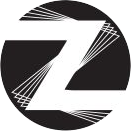
 JimMin
JimMin 







![Marketing Budget: How Much Should Your Team Spend in 2025? [By Industry]](https://www.hubspot.com/hubfs/how%20to%20spend%20your%20marketing%20budget_featured.webp)
